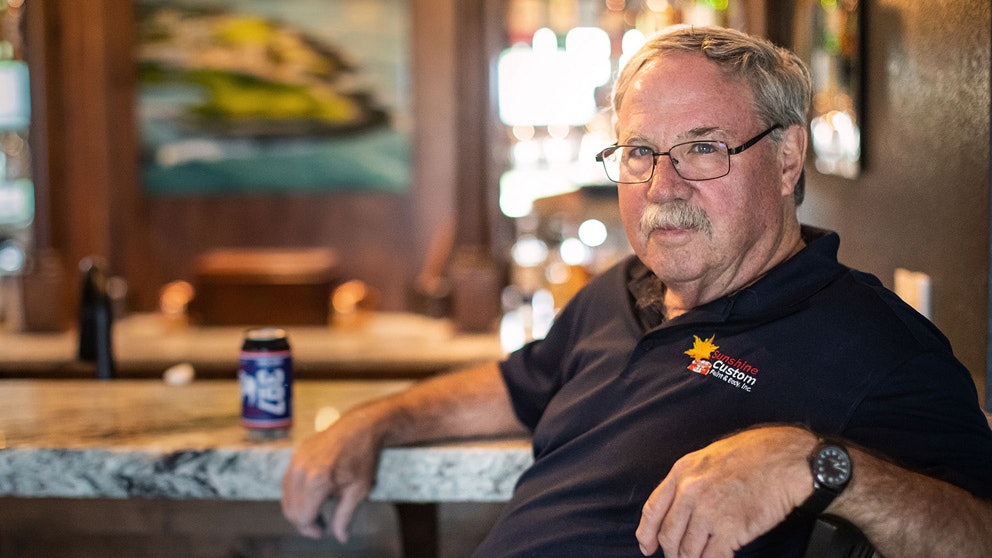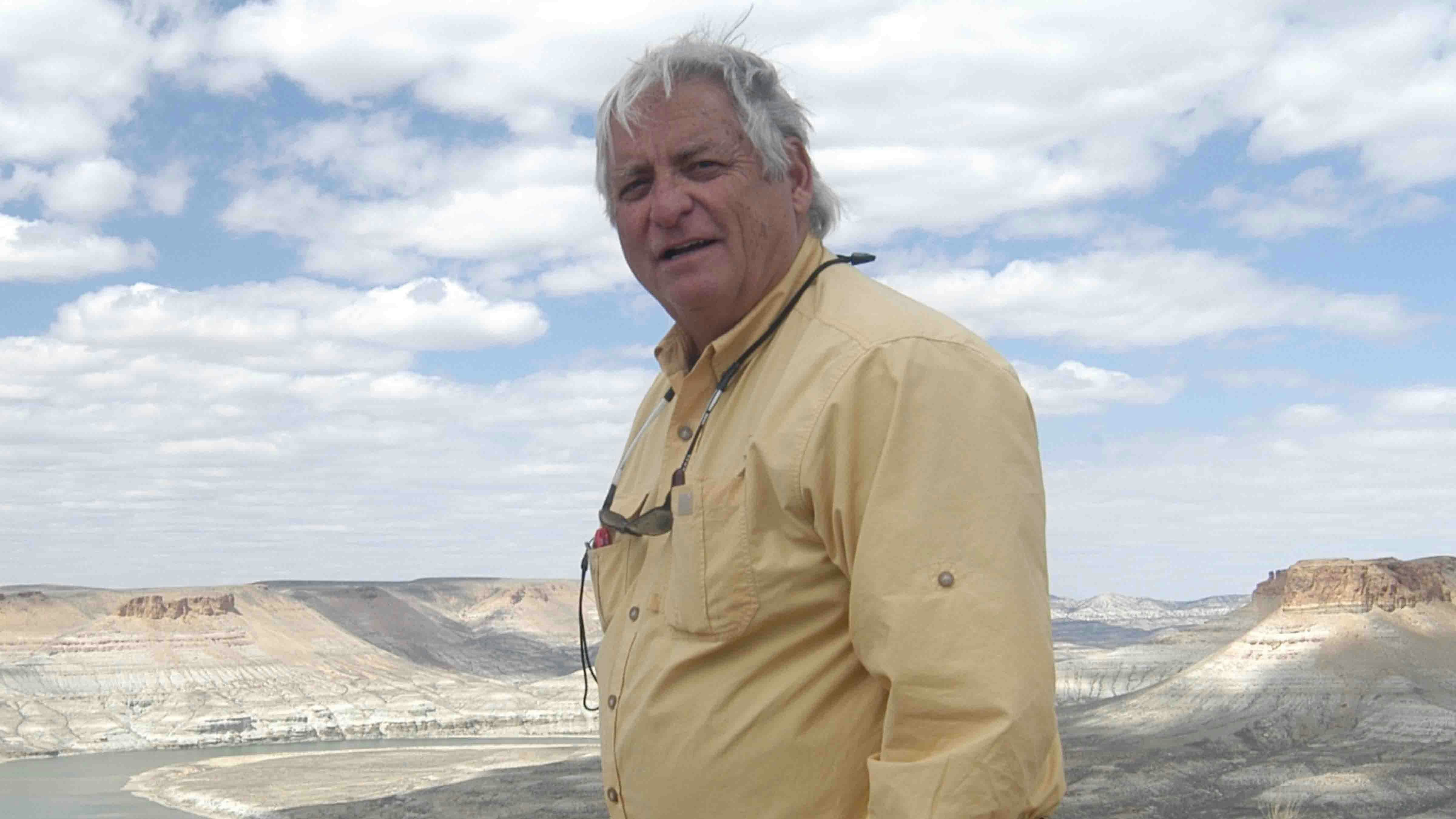The tourists from Canada said they could not “read” the petroglyphs carved onto the rock walls at Valley of Fire in Nevada. “They don’t appear to be speaking Blackfoot,” the man told me as he inspected one of the carvings. He was joking to a point.
The thing about rock art is that interpreting it is just that – interpretation. There are no direct descendants of the people who created most of this art across the American West who can definitively explain it, although certainly the elders in tribes across the region have an understanding and they have the stories passed down through oral tradition.
Anthropologists and archaeologists study these places and have their own interpretations. For the casual visitor, the fun of seeing the ancient carvings is to come up with your own thoughts for what they mean. If nothing else, these places inspire story.
A Mountain, Or A Set of Teeth
One Valley of Fire carving is a good example of inspiration and stories. A woman exploring the art along the trail to Mouse’s Tank suggested a carving with a number of U-shaped “scallops” around its perimeter represented a mountain. She thought the scalloped parts indicated how many days it would take to travel over the mountain.
That actually seemed pretty plausible since we were in of the rugged mountain areas in southeastern Nevada. But the Canadian tourist said he thought it represented early dentistry….the shape represented a jaw with teeth. Hmmm…now that you mention it…that could be a possibility.
Hiking this short trail through deep sand is a feast for the senses. There are hundreds of different rock art images. You will see what almost certainly depict mountain sheep and deer. One man told me he saw a moose petroglyph. There are snakes, turtles, trees, birds, and other forms of life. Located just over an hour north of Las Vegas, Valley of Fire is an excellent place to look for ancient rock art, and to experience a remote desert/mountain landscape.
Wyoming’s Rock Art
A bill now moving through the Wyoming Legislature would protect the rock art in our state, allowing funding for surveying and documenting petroglyphs and pictographs throughout Wyoming, and providing for penalties to be assessed against anyone found to be damaging this type of rock art.
The bill (SF0091) was approved Monday by the Senate on third reading and will now pass to the House for consideration.
Some of Wyoming’s rock art resources are well known. These include the White Mountain Petroglyphs near Rock Springs, Castle Gardens in central Wyoming, Legend Rock Petroglyph Site near Thermopolis, and Medicine Lodge State Historic Site near Hyattville.
There are many more sites across the state including in areas near Dubois and Newcastle that are not easily or always accessible to the public, but they all deserve the protection that will be provided by the current legislation.

Nine Mile Canyon
Anthropologists or archaeologists may attempt to interpret the rock art in Nine Mile Canyon, located in central Utah northeast of Price and Wellington, while the Northern Utes have their own interpretations of the rock carvings, some of which were created by their own ancestors.
Some rock art pictographs (paintings on rock) and petroglyphs (carvings on rock) are not truly decipherable. That, Northern Ute Elder Clifford Duncan once told me, is because they are from the spirit world.
The road leading into Nine Mile Canyon from Wellington, Utah, used to be four-wheel-drive only: remote, rough, you better have a spare tire-type of road surface. But oil and gas development in the area has opened access significantly.
Now the road is improved, making it possible for passenger cars to travel the canyon providing you with a chance to view the rock art that seems to be on every flat rock surface in a canyon that despite its name is far longer than nine miles…expect a one-way drive of about 40 miles. It is believed to be the site with the most individual rock art (both petroglyphs and pictographs) in the United States.
This rock art reflects the work of artists across centuries. Early images are crude geometric shapes indicative of the Fremont Culture. The more recent pieces, representing the historic period of say the last couple hundred years, can be identified even by a novice because they have horses with riders. They show weapons such as bows and arrows.
The most well-known petroglyph in Nine Mile Canyon is The Great Hunt, a spectacular image of hunters and their prey. It is deep in the canyon, a good hour-long drive from Wellington, and then a short walk from a new interpretive site.
In one area you can hike a short trail to the remnants of Fremont homes, gaining a view of their abodes and the canyon country itself.
Monument Valley
John Ford and John Wayne put Monument Valley on the map for most modern-day people, but this region with its spires, mittens, buttes, bluffs, and other natural features has attracted visitors and been home to Navajo people for generations. For the Navajo Nation it is Tsé Biiʼ Ndzisgaii – Valley of the Rocks
The open expanses combined with the natural land forms make Monument Valley recognizable around the world. While Ford and Wayne drew the first attention to this landscape, more people might recognize it from the long stretch of U.S. highway 161 southwest of Medicine Hat, Utah, where Tom Hanks concluded his “run” in the film “Forrest Gump.” As you drive through the valley even today, you’ll see a sign commemorating the end of Gump’s run across America.
There are few services in most of these places, so take your own food and drinks, and top the fuel tank off. Best of all, these are pretty remote locations so your cell phones most likely won’t work well (if at all). This means you can really get away from hustle-bustle and appreciate the art of the ancients.
Candy Moulton can be reached at Candy.L.Moulton@gmail.com





